Commonwealth Bank of Australia has attracted global attention for the wrong reason. The Australia’s biggest mortgage lender will see the retirement of its CEO Ian Narev after 6 years running the bank. The bank was caught in money laundering activities – 53,700 times – therefore, breaching anti-money laundering laws in the country.
There’s little doubt that the Australian bank is guilty, not merely allegation, otherwise its CEO would not have stepped down. In addition to booting its CEO, the bank’s board has also scrapped short-term bonuses for all senior executives this year in response to the allegations.
But how could Australia, often prides itself as a nation with great integrity, accountability and transparency in the region, got itself in such a shameful practice? The short answer – Australia isn’t that clean as far as international corruption index is concerned. The country barely managed to maintain its position (13th place) in the index this year, after sliding for 4 years.
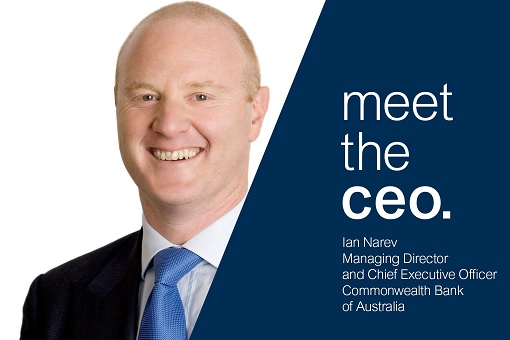
The long answer – the Government of Australia has been complacent, largely because of the perception that the land down under was one of the least corrupt countries in the world. There were claims that Tabcorp paid bribes to the family of the Cambodia’s strong-man Prime Minister Hun Sen in an effort to secure a lucrative online gambling license.
There was also the corruption scandal involving two Australian Reserve Bank firms – Securency and Note Printing Australia. The two Australian Reserve Bank companies allegedly paid bribes to win contracts to turn Malaysia’s currency from paper notes to polymer between the late 1990s and 2009 – implicating middlemen related to Prime Minister Najib Razak and his predecessor, Abdullah Badawi.
However, only after the revelation of Commonwealth Bank of Australia’s scandal that the world finally realizes how easy it was to do money laundering in the country. What you need is bags of cash, and you can practically walk to the bank’s deposit machines – ATM – which could accept up to $20,000 Australian dollars (£12,156; US$15,820; RM67,900) in cash at a time.
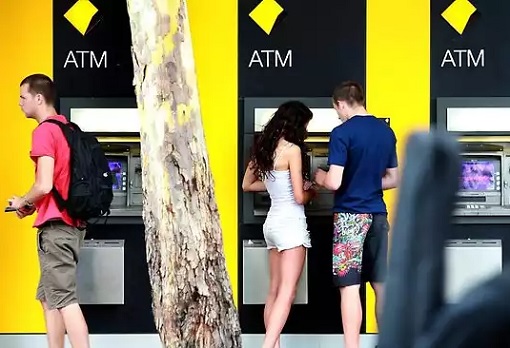
The best part was the ATM machines could be fed with money anonymously if the person depositing was not a Commonwealth customer. There was, of course, a legal threshold of A$10,000, which the Commonwealth Bank of Australia has to report but failed to do so, as found out by the Australian Transaction Reports and Analysis Centre (AUSTRAC).
Commonwealth Bank simply put the blames squarely on ATMs, claiming that the breaches were due to a coding error, which meant the machines failed to automatically report the transactions (perhaps this is one of many examples that Elon Musk could use to prove his case to the world that the threat of AI – Artificial Intelligence – is much deadlier than North Korea).
To illustrate how money laundering was performed, in 2015, 29-year-old Jizhang Lu showed up at the top-floor offices of a meat export company carrying a carrier bag stuffed with hundreds of thousands of dollars in cash. He made the trip to the shopfront of CC&B International Pty Ltd 8 times over 3 weeks.
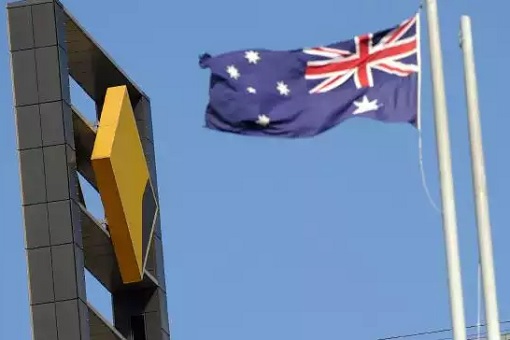
Each time a CC&B employee would hand Mr. Lu a receipt showing a different company had bought tens of thousands of kilograms of meat. He would deposit the cash – as much as A$530,200 (US$418,980; £321,940; RM1,797,880) at a time – at a Commonwealth Bank of Australia branch. Of course, the purchases were fake, and last year Lu was jailed for 2 years to helping launder A$3.2 million.
The police case against Jizhang Lu is now one of several being cited by financial intelligence agency AUSTRAC in its statement of claim against Commonwealth Bank of Australia, the largest civil court action of its kind in Australian corporate history. The Australian bank is being accused of breaches of money-laundering and counter-terrorism financing rules.
Commonwealth Bank of Australia is looking at fines potentially amounting to billions of dollars. AUSTRAC has filed lawsuits against Commonwealth Bank of Australia, alleging that in total, A$17.7 million was deposited at the bank from February to August 2015 on behalf of a company identified in the earlier criminal case as CC&B International Pty Ltd.
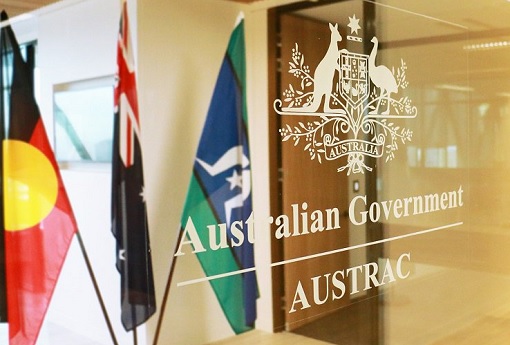
Apparently, AUSTRAC has identified funds from CC&B International were the proceeds of a drug importation syndicate and were proceeds of crime. The imprisoned Mr. Lu, a Chinese national on a business visa, had no involvement in the meat export industry and earned 60,000 Yuan (US$9,000) a year in his home country.
Lu said he met another Chinese man while grocery shopping in the Sydney suburb of Chatswood, where CC&B was based. He told Australian police – “After some chatting, he says, ‘can you help me do this please?’.” Lu agreed to help “because the man asked him”, and he told police he didn’t understand the receipts because they were written in English.
Australia’s Joint Organised Crime Group managed to arrest and charged two CC&B employees with dealing in criminal proceeds about the same time as Lu, in August 2015. However, a third CC&B person, a “potential co-accused” and company director Ka Chun Leung, had fled the country.
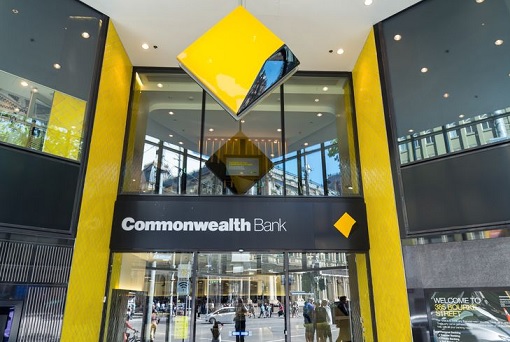
The Reserve Bank governor, Philip Lowe, has lashed out at the Commonwealth Bank of Australia amid allegations of systemic violations of money laundering laws. But really, there’s nothing much the governor can do. The bank last week beat forecasts to post profits of A$9.88 billion (£6 billion; $7.8 billion; RM33.5 billion). The bank is too huge to fail, and it would be business as usual.
Other Articles That May Interest You …
- Finance Minister Najib Drove Reserve To Its Lowest In Asia, Unable To Pay $600 Million Debt
- Australian Property Bubble – Get Out Now – Before It Burst
- This Chart Shows How US-DOJ Links Auntie Rosie To A $27-Million Pink Diamond
- Greatest Money Laundering – Najib Did $3.5 Billion, Obama Did $33.6 Billion
- Leo DiCaprio Could Be In Trouble – For Accepting Gifts Paid With Stolen Money
- Jobless And Need One Urgently? Go To Australia Now – The Land Of Jobs
- 10 Companies That Control Almost Everything You Buy & Eat
- Debts & Deficits – 21 Currencies That Have Gone Bust

|
|
August 14th, 2017 by financetwitter
|


|

|

|

|

|

|




























Comments
Add your comment now.
Leave a Reply